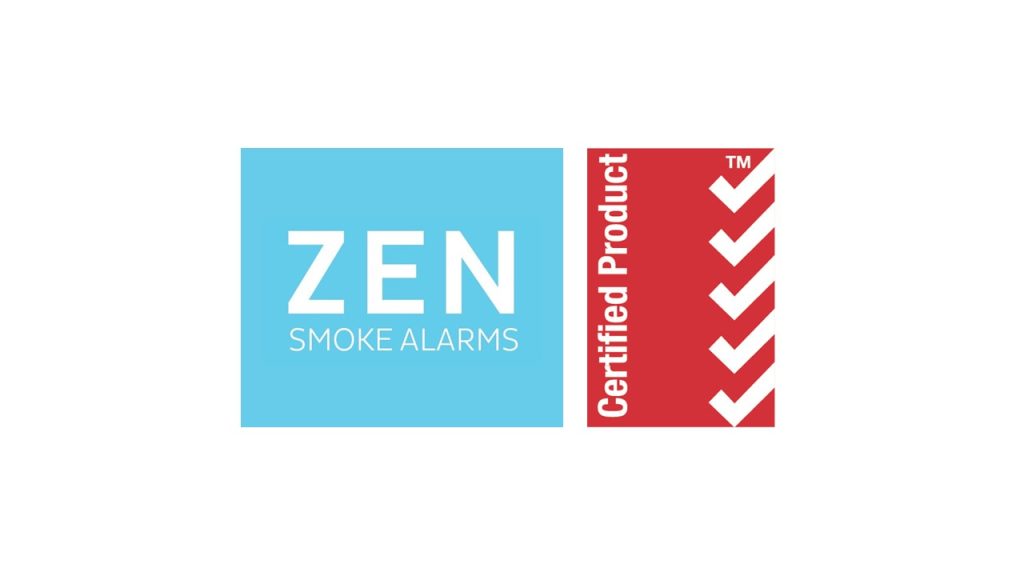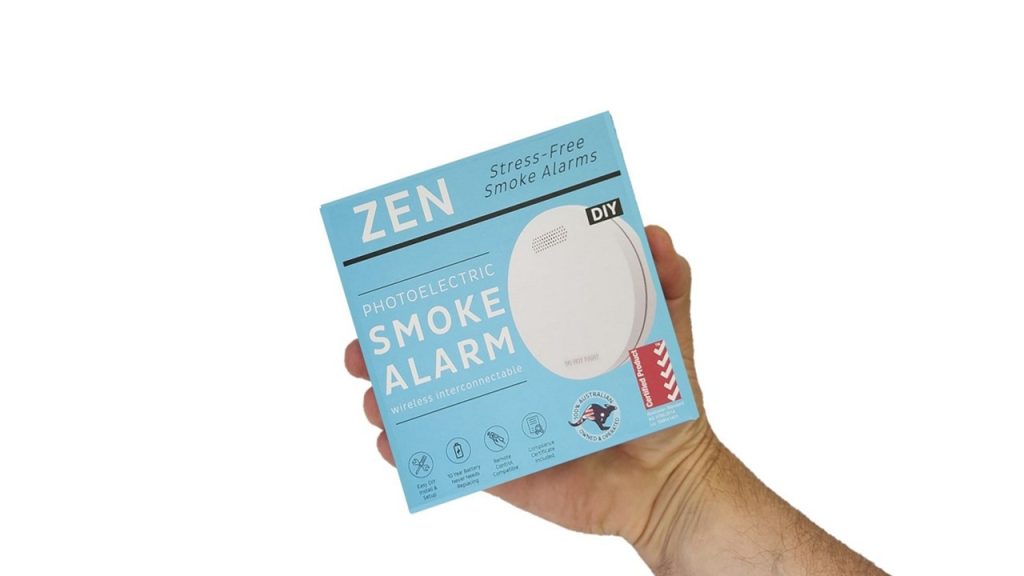Tag Archives: photoelectric smoke detector
The Truth About Interconnected Smoke Detectors And Australian Standard Certification – 3 Big Secrets Smoke Alarm Retailers Won’t Tell You!
When it comes to protecting your home and family, choosing the right smoke alarm is key. Not all smoke alarms are created equal, and ma...
Your Interconnected Fire Alarm: 4 Top Secrets About The Australian Standard
Australian Standard 3786:2014 - Smoke Alarms Using
Scattered Light, Transmitted Light or Ionization
All photoelectric interco...


